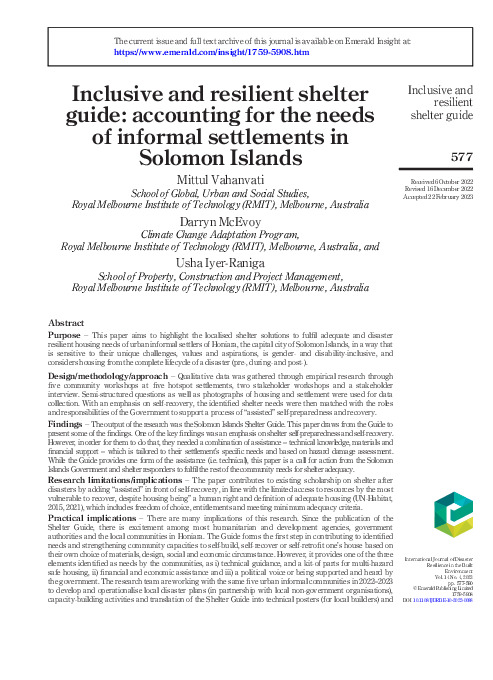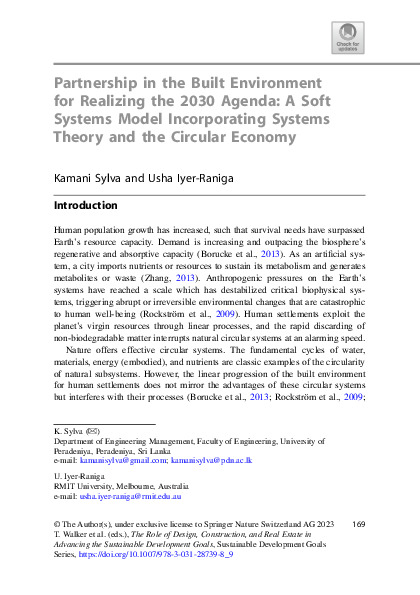Soft launch of the state of play for circular built environment, Global report
The world is becoming increasingly urbanised, particularly in the Asian and African regions. Building stock is expected to double by 2050 in these regions. Global material use is expected to more than double by 2060, and the materials used in the building and construction sector will comprise a third of this rise. Greenhouse gas (GHG) emissions will also increase as a result of material use. Concrete alone is expected to contribute to 12% of global GHG emissions in 2060. Economic growth in construction and utlities is expected to increase by slightly more than 2.5 times between 2011 and 2060. Based on current trends, the new growth economies of Asia, Africa and Latin America are expected to be using more materials than ever before in 2060. It is estimated that the total waste generated in the world will double from nearly 2 billion tonnes in 2016 to about 4 billion tonnes by 2050. Such trends call for an urgent questioning of current ways of operating the built environment. Present practices are locked into a linear way of planning, designing, building and operating the built environment and it is exigent to consider alternative approaches through which mitigation and adaptation goals may be achieved simultaneously. Circular approaches present a viable alternative to underpin the transition to a decarbonised world while at the same time meeting the goals of the 2030 Agenda for Sustainable Development. The United Nations (UN) One Planet Network Sustainable Buildings and Construction programme initiated a study to understand the current state of play with regard to circularity in the built environment in the six different UN-designated geographic regions: Africa, Asia, Europe, Latin America and the Caribbean (LAC), North America and Oceania. These studies show that the different regions are in various states of transition towards the adoption of circular economies, but that Europe is leading, largely due to having been engaged in this transition process for at least a decade. Other regions are still grappling with considering what circularity actually means for them and proactively drafting supporting policies and programmes with the goal of transitioning to a low-carbon future. Tensions with respect to design, operation and deconstruction exist between new developments and existing stock. The focus in Asia, Africa and the LAC regions has been based on a linear frameworkfor supporting the needs of the built environment, be it residential, commercial or infrastructure. It is anticipated that this global report will be considered alongside the review of, and support governments when reviewing their National Adaptation Plans and Nationally Determined Contributions. Policy-makers need to consider the quantum and quality of construction and deconstruction waste to ensure that it does not end up in landfill, and that promote policies and programmes that support the second and third lives of materials, while ensuring healthier built environments.
Policies and programme on CE


